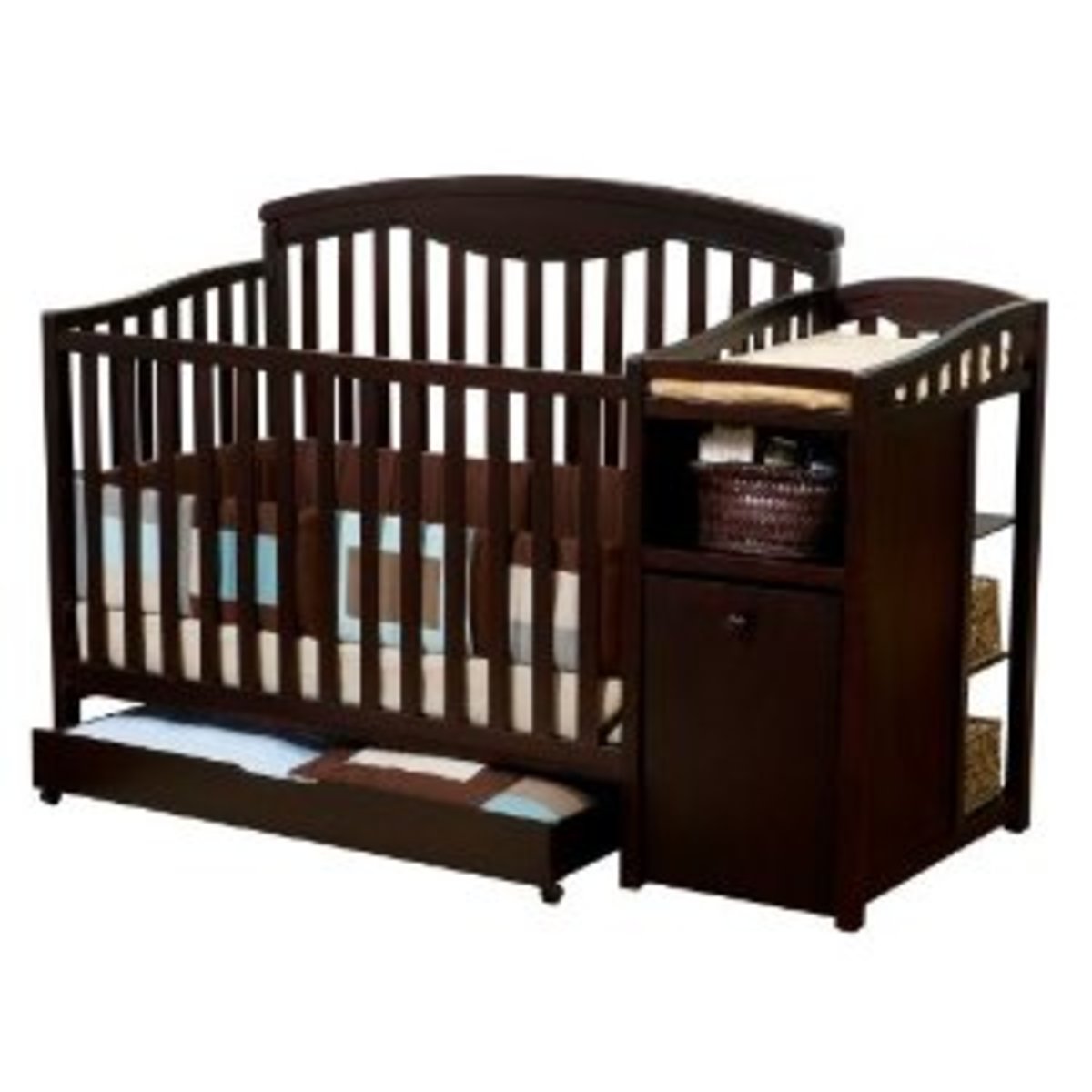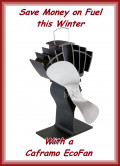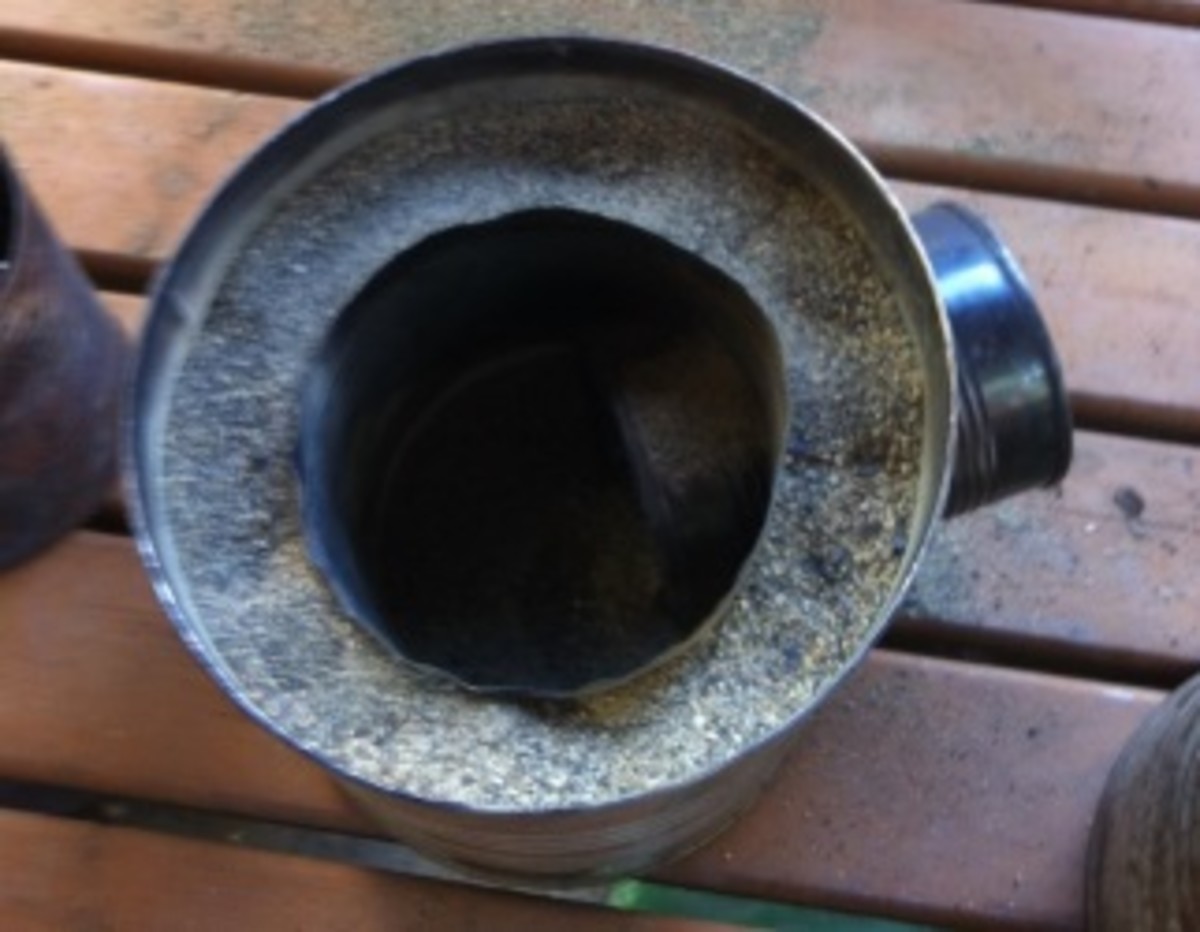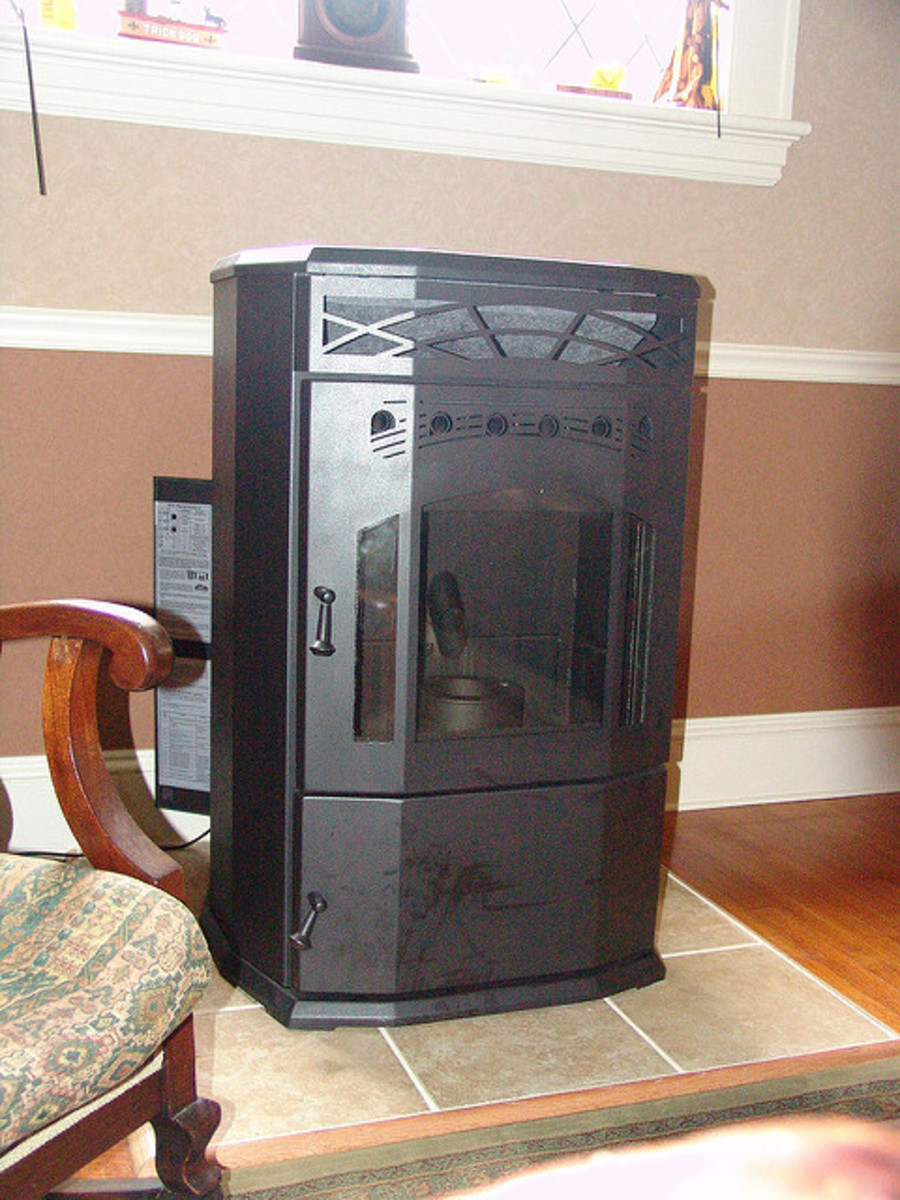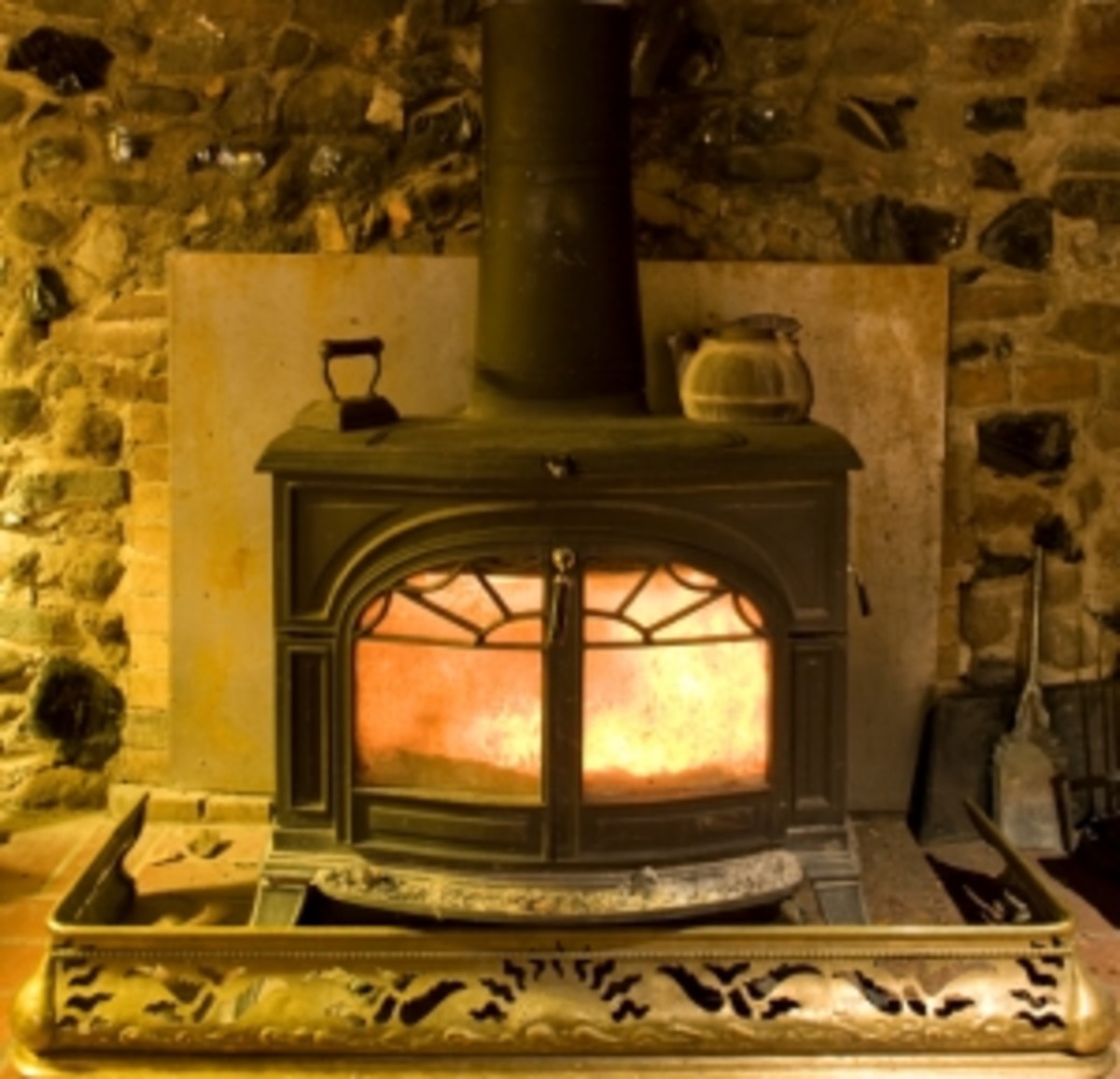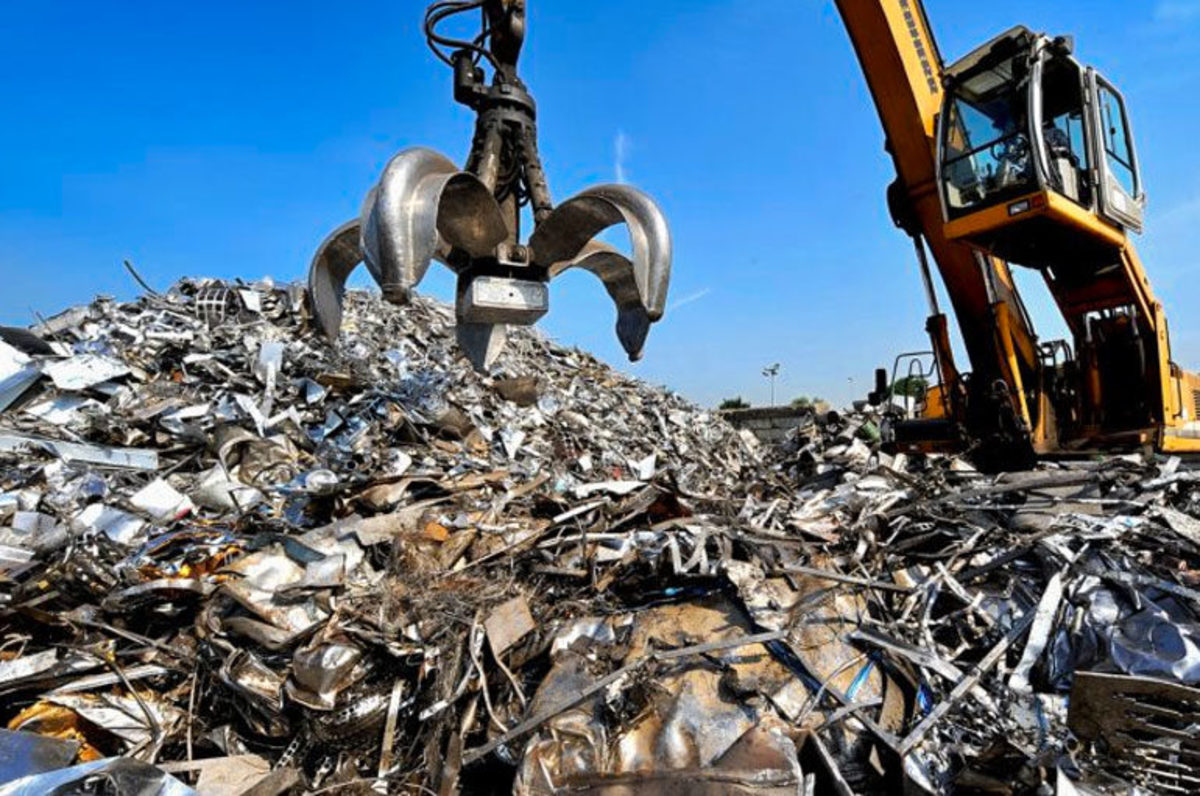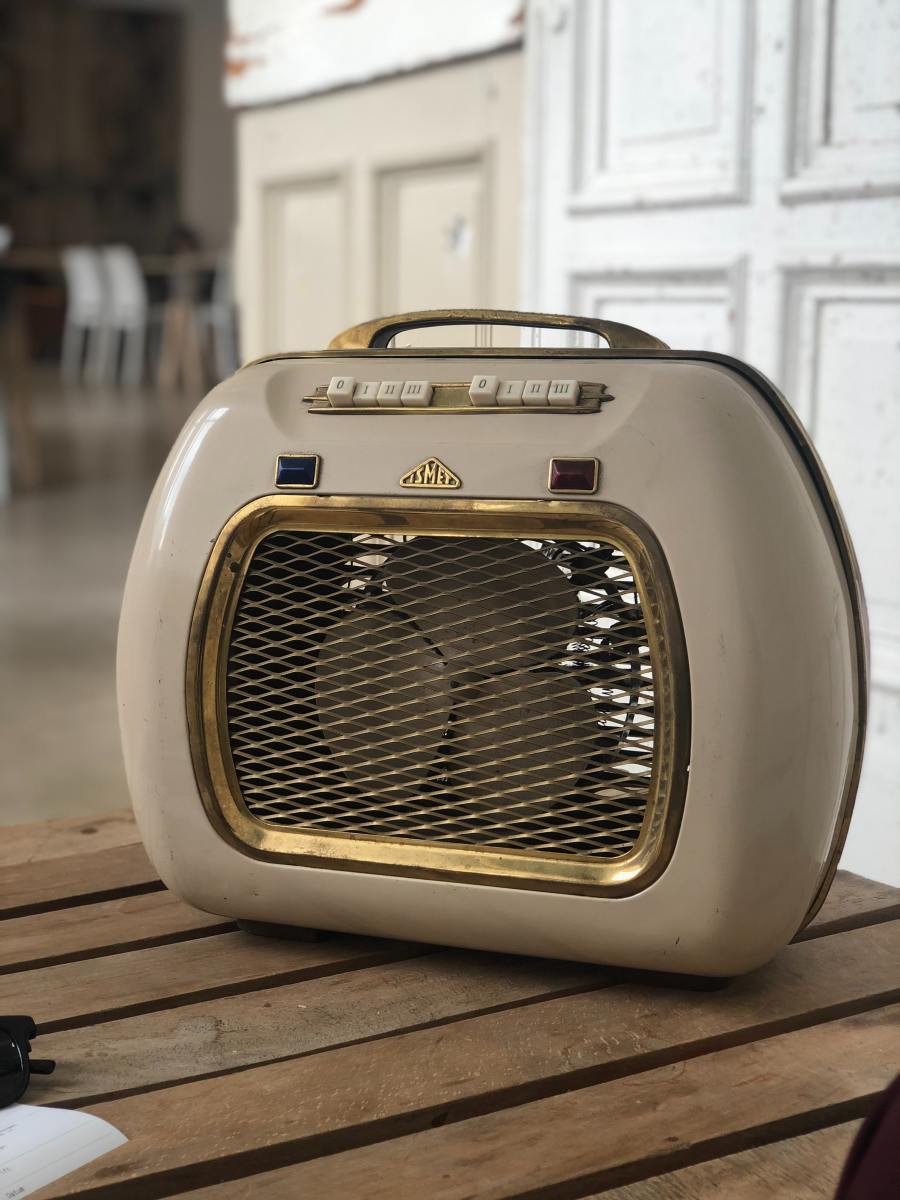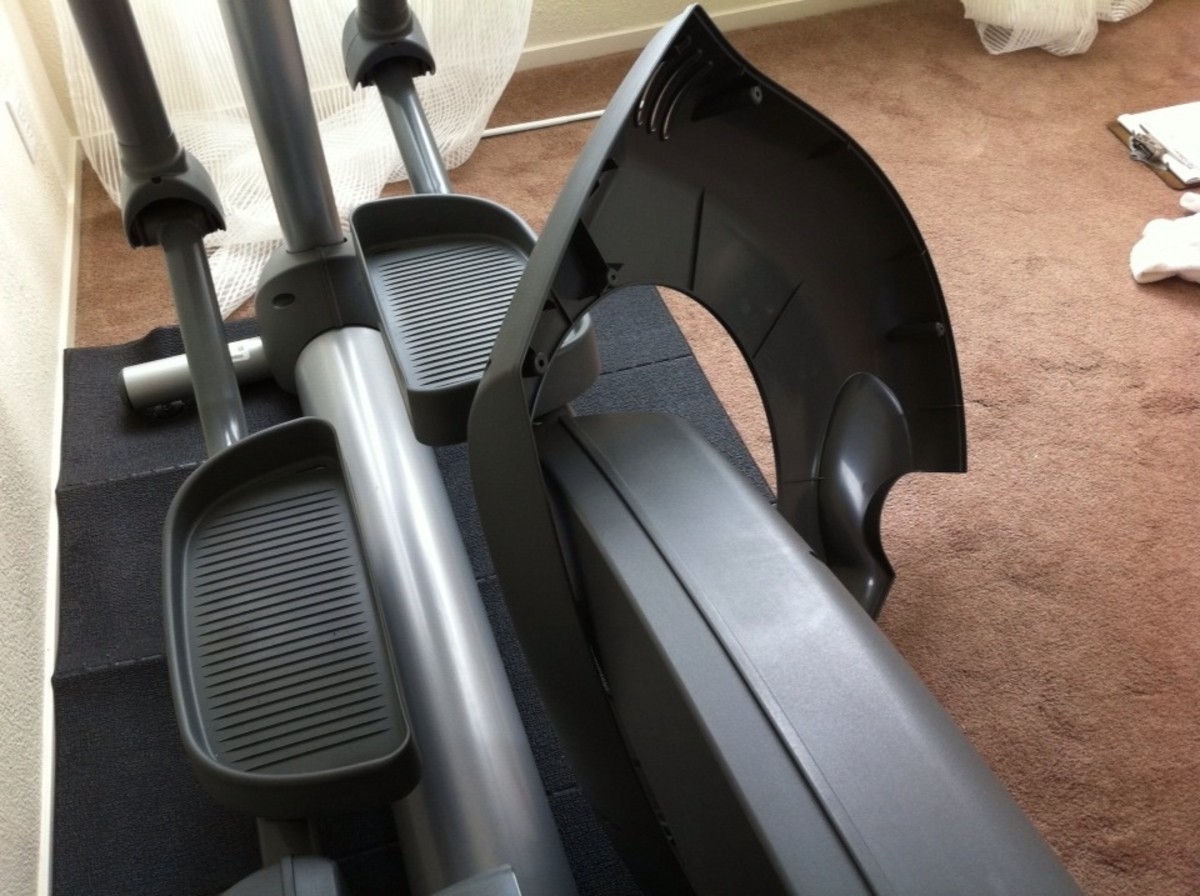Heating Your House with Wood
Different Furnaces and Ways to Heat Your House
Some like them in, some like them out, some prefer they blow, some prefer they flow. There are a lot of ways you can heat your home with wood, and I hope to give you a well rounded view of their pros and cons. Lets begin with the old fashioned wood stove or fireplace inside your house.
Wood Stove or Fireplace: AHH! The smell of the faint smoke from a fire and the crackle of the wood while you watch the flames flicker in a dark room. A stand alone wood stove in your family room, or a fireplace is nice to be near on a cold winter night. If you have a fireplace, be sure you have an insert with a blower unit so you aren't wasting the majority of your wood's heat because without it, most of the heat from your fire goes up and out through the chimney! Be sure there is a properly fitted spark screen or glass doors in place to prevent your house from burning down around you, as that has a tendency to take all the allure and romance out of it.
In the case of a stand alone wood stove, make sure there is a non flammable floor underneath it as well as non flammable walls behind it and that you are using double wall insulated pipe to go through walls or ceilings. Outside, make sure your pipe goes AT LEAST 2 feet higher than any part of the house less than 10 feet away. ( I prefer to just go 2 feet higher than the peak) With either a stand alone stove or fireplace, you will need to be careful when adding wood and emptying ashes. Be sure you use a METAL ash bucket, and keep it on a non flammable surface away from kindling or paper and all other flammables. When you open the door to add wood, be aware that some kinds of wood create many sparks flying off when air hits them.( more about wood types and their pros & cons later) Make sure you never open the ash door when the fire door is closed as this will cause your stove to quickly overheat. Check to be sure all door latches work correctly. It may seem scary, but a hot fire is the safest fire, as it keeps your chimney free of creosote buildup which causes chimney fires. Watch for too much smoke coming inside, as this may indicate a compromised chimney, or other airflow problems which may need immediate assistance. Poor airflow causes improper burning, loss of heating potential as well as danger of chimney fire from creosote buildup. If you aren't certain what to do, contact a professional in your area. Finally, as a general rule, stand alone wood stoves and fireplaces aren't used as a primary source of heat, so regular chimney cleaning is a must. There are chimney sweeping logs you can burn to help, but nothing replaces a long pole with a chimney brush on the end a couple times a year.
Wood Furnaces: A wood furnace is not designed to be romantic or cozy on a cold night so much as it is to heat your home. Wood furnaces are designed and used as the primary source of heat in most instances. They hold large amounts of wood (or coal in some) for prolonged heat without having to refill all the time. These come in two basic types, blower units and boiler units.
Boiler units are almost universally outside, and the heat is piped in through water lines buried in insulation under the ground. Once inside, the hot water is sent into the heat exchanger where your own furnace blower will blow air in your home over the coils containing the hot water and the heat comes out of your existing heat vents like it would with gas heat. You may see these in people's yards 30-50 feet away from the home, and they are most often seen out in the open as they are weatherproof. It seems prudent to me to put up a 12x16 shed around them to store wood in and keep you out of the wind and rain / snow while loading but most people do not do that.
Pros for boiler units are that you have almost no chance of burning your house down, and they have a very large hold for wood so refilling is one or two times a day. They also are considered very efficient, and can be bought clean burning enough to use in town and in California. Some are even designed to dry the wood waiting to be burned so you don't have to have stacks of wood all around your home drying all year. you can cut it green and burn it. ( I do not have one of these so I cannot tell you how accurate that claim is, but they advertise it works that way, but this is only on certain models.)
Cons of the boiler units. really only one, expense. They are not cheap to buy or install but maintainence is not bad. Getting one of the smaller units will run you $6-8000 installed, and a bigger unit can run as high as $20,000 installed. Even if you use propane or fuel oil, it may take it a few years to pay for itself, but they are very efficient and practically maintenance free
Blower units are not designed for outdoor use and are usually placed in a basement or main floor where the furnace area is. They have a wood stove inside a second shell and blower units installed so they don't rely on your furnace blower to disperse the heat like the boiler units do. The blowers move air around the wood stove inside the second shell and blow the heated air out the plenum through one or more openings and through pipes into your existing ductwork. Most of these blower types have a thermostatic control switch to turn the blowers on and off as the fire heats the stove. You will need a couple extras for these. One being what is called a heat dump so that if the blowers fail to work due to power outage it pops open to prevent the stove from overheating and damaging the thermostatic blower control as well as your ductwork, possibly even starting a fire.( they do not come with these for some reason) Another is a blowback preventer in case your furnace blows at the same time as your wood furnace, to prevent burning out your blowers. These furnaces can be used outdoors (though it will void your warranty), but must be placed in a shelter and there are other things to consider such as piping the heat into your house without it cooling off on it's way in, return air, moisture, critters, etc. I will write in more detail about this setup in another article as this is the type of setup I have and I have learned a lot about it and a lot of details to share. (overall I do not recommend doing it that way)
Pros to blower units. Much less expensive to install, does not rely on your furnace blower, and can be put inside your home so there is zero heat loss. Many brands are capable of burning coal as well if you have access to it. Certain brands of these also boast the ability to burn clean enough for municipalities and California as well as dry the wood waiting to burn. ( once again i have not tested that claim.)
Cons to blower units. higher maintenance costs and time. Blower motors need lubricated regularly, and wear out eventually. Wood must be carted into the home bringing with it insets and dirt. emptying ash pan also brings a measure of dust into the home. Overheating is a cause for concern in the event of a power failure.
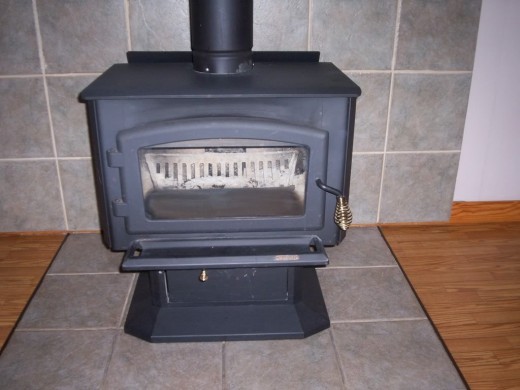
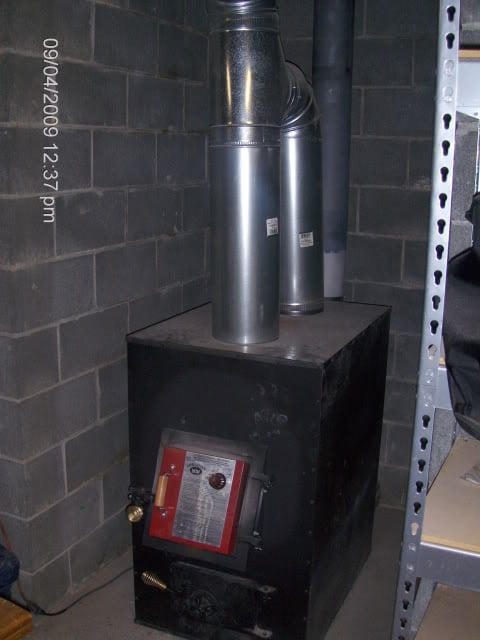
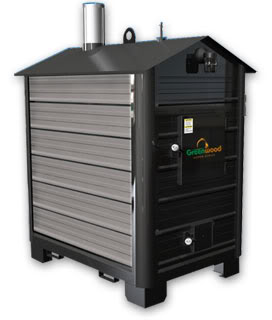
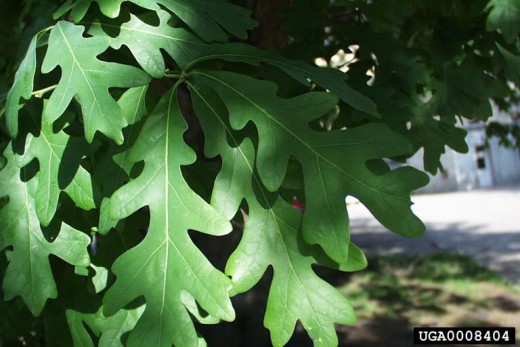
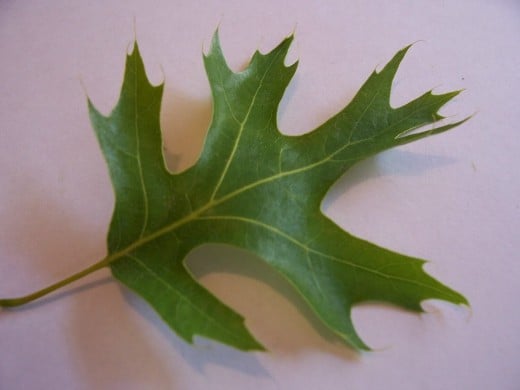
Useful Tool...
The Wood You Use Makes a Difference
Saying all wood is the same is like saying all people are the same, it's simply untrue. The type of wood you burn can make a large difference in how satisfied you will be burning it. What kind of wood you want depends a lot on what you are going to do with it. For instance, the hottest burning wood I know of is Hedge (aka Osage Orange) I can tell you it burns very hot, as a matter of fact it will burn out your grates in stoves that are not made to burn coal and wood. You would not want to burn this in a fireplace, though. Why? First off, fireplaces are not designed to burn coal and it will literally melt your grates, add to that the fact it has more sparks than any other wood I know of so it will be more likely to burn your house down or at least keep you busy chasing little coals around the room. You wouldn't want cottonwood either, as it burns like paper which will only keep you warm by carrying in and adding wood constantly. That being said, what kinds of wood are best for different uses and how can you make the most of your wood burning experience, whether for heat or pleasure?
I have found it is difficult to go wrong with oak, and there are many kinds of oak, each with it's differing attributes. White oak is the best, yet one cannot always get load after load of nothing but white oak. Why do i say it is the best all around wood? It burns hot, but not so hot to melt your grates, it lasts a long time, has a somewhat pleasing odor, is water resistant, has a straight grain so is easy to stack, and is fairly easy to split. There are really only two types of oak, red and white. You can tell the difference easily during summer months as white oak has rounded edges on the leaves, and the ones with points on the leaves are red oak, in winter, smell gives them away as white oak smells kinda nice and red oak stinks. Another great all around wood is hickory, it smells wonderful and burns nice and hot, apple is in this list as well but harder to get enough of. My only problems with hickory are that if not split and stacked under cover quickly, it tends to rot fast, then it is less good and it's difficult to get many straight pieces so it's hard to stack. One really nice thing about all three is they have almost no sparks. Another wood that burns hot is locust, black is hotter than honey but both are great. The problem with them is sparks.
During the "off" season when it's not too cold, such as 30's and 40's i will burn most anything. I have found walnut and cherry are good if split and cured properly, otherwise they are a pain. One wood that is pretty easy to find and burns great for the off season is elm, so long as it has been standing dead a year, and the bark has mostly fallen off. I burn "junk" wood (as i call anything that gives off less that 25 million btu's per cord) in the warmer parts of winter to save my "good" wood like oak, hickory and hedge for colder days when i need the best. for more information about btu's per cord, see the following site:
http://www.demesne.info/Garden-Help/Trees-Shrubs/Firewood-hard.htm
If done right, with good information, burning wood can be a real money saver. Done wrong, it can cost you dearly, maybe even with your life. Buying wood is usually not going to save you much over just buying gas, so you need to cut your own. As for corn and pellet burners, well, there is a reason I didn't even list them, they usually don't save you any money. Most homeowner's policies add a fee for burning wood or anything besides gas or electric, and some won't cover it at all. Keep that in mind, if you are planning to switch as the only thing worse than a house fire where everything you have goes up in flames is finding out it isn't covered because you have an uninsured wood burner.
Safety reminders:
- Never use lighter fluid, fuel oil, gasoliine, kerosene or any other flammable liquid in any type of wood burner... BOOM!!
- Keep fire bricks in good repair, replacing cracked or broken bricks quickly. They protect your stove from excessive heat and help it last longer.
- Cutting wood is hard physical labor. Be sure you don't overdo it. Lift only what you can and lift safely!
- Use caution with chainsaws and especially when felling standing timber, as people die every year from cutting trees down on top of themselves. They thought they knew what they were doing, too.
- I cannot emphasize this enough, if your wood burner is in your house, keep the fire hot and the chimney clean!
I hope you enjoy cutting and burning wood as much as I do, and request you keep it up and do it safely. Happy burning!
Be sure to visit some of my other hubs and comment, vote, and share!
Warm Up This Winter!
Check Out My Website!
- Learned - YouTube
I am what is termed a Jack of all trades, or at least most, but a master of a few... This channel is to share events in my life and things I have learned al...




